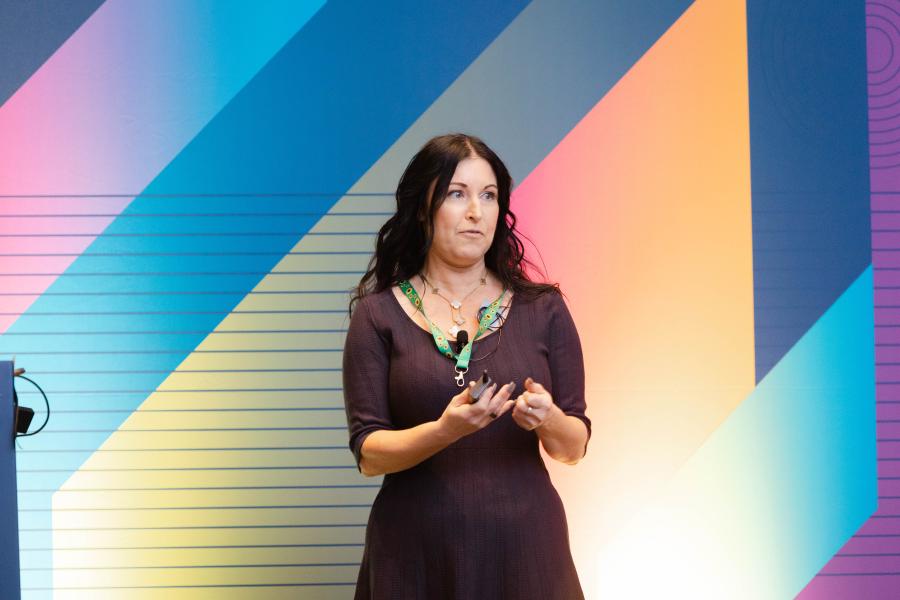Though attractions want to be accessible to guests, it can be difficult to know the best ways to make that happen. Some answers were provided at the IAAPA EDUSession, “Innovations in Inclusivity: Creating Attractions for Sensory Impairments.”
The speaker, Daniela Ferdico, PsyD, is a neuropsychologist and the director of Sensory Access. Her opening comment detailed that making attractions accessible is not just for people who have access issues—addressing these challenges allows all individuals to know what to expect when they come to an attraction. She says 26% of people have some type of disability, so attractions should ask themselves this question: How are they to navigate what you’re wanting to create?
She strongly encourages parks and other attractions to recognize that it is easier and more effective to consider accessibility from day one in the design of an attraction, rather going back later and trying to retrofit the attraction to serve accessibility. She also asks that rather than just having a “sensory hour” once a day or once a week for guests with access challenges, think of all the ways to make attractions accessible to guests all the time.
On the topic of visual impairments, Ferdico notes, “So many who are legally blind still have some vision, so how can you help them take advantage of that in your attraction?” She suggests high-resolution maps for download, priority seating, and ride safety information available online. For those with no vision, she says tactile maps and ride models that allow these guests to relate to the attractions by touch are helpful.
For guests with impaired hearing, she encourages attractions to offer assistive hearing devices, sign language interpreters for live shows, and video and reflective captioning. Ferdico herself has an autistic child, but she says that when attractions make changes to assist those with autism, they usually focus just on kids. “But what about the adults?” she asks. “Please remember there are many adults with autism as well.”
Regarding all attractions, she stresses, “You don’t have to change what you offer for those with accessibility challenges, just make them accessible.” She suggests offering sensory kits to guests that include items like communication cards for non-speaking guests and noise-reducing headphones. She also asks that attractions not make accessibility information difficult to find on their websites—it should be as front-and-center as possible.


